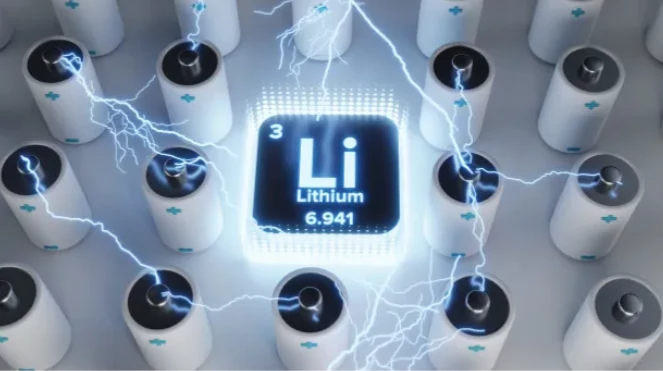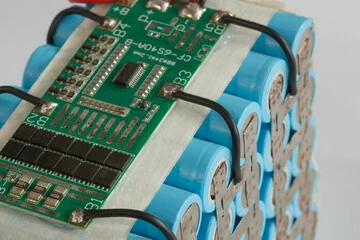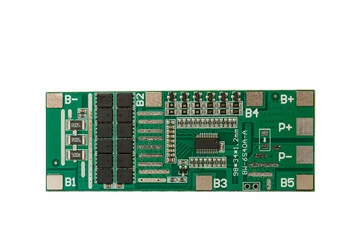Positive electrode material
main content
As the core component of lithium batteries, the cathode material directly determines the energy density, cycle life and safety of the battery. It is like a precise ion exchange station, in the charge and discharge process through the insertion and removal of lithium ions, complete the mutual conversion of chemical energy and electric energy. Current mainstream technology routes include lithium iron phosphate (LiFePO₄), terpolymer (NCM/NCA), and lithium manganate (LiMn₂O₄), each finding a balance between safety, performance, and cost. This paper will start from the material characteristics, uncover the scientific mystery behind the positive electrode material.
1. Lithium iron phosphate (LiFePO₄) : Security
Chemical structure: olivine crystal structure, lithium ion channels are one-dimensional linear arrangement.
Core advantage:
Excellent safety: thermal runaway temperature up to 270℃, even needling, overcharging is not easy to fire;
Long cycle life: capacity retention rate is still over 80% after 2000 cycles, which is the first choice for energy storage batteries;
Environmental protection and non-toxic: does not contain cobalt and other precious metals, recycling and processing more friendly.
Performance shortcomings:
Low energy density (about 140Wh/kg), resulting in a larger battery volume;
Low temperature performance is poor (-10℃ capacity attenuation to 60%).
Typical applications: electric motorcycle start-stop battery, solar energy storage system.
2. Ternary materials (NCM/NCA) : Energy Kings
Chemical composition: Lithium nickel cobalt manganese oxide (LiNiCoMnO₂) or lithium nickel cobalt aluminum oxide (LiNiCoAlO₂).
Core advantage:
Ultra-high energy density: up to 250Wh/kg (NCM811), supporting thinner and lighter battery designs;
Fast charging and discharging: The layered structure provides wide ion channels and supports fast charging above 3C.
Low-temperature adaptability: Capacity retention rate exceeds 70% at -20℃.
Performance shortcomings:
Poor high-temperature stability (may experience thermal runaway at 150℃), and a liquid cooling system is required.
The scarcity of cobalt resources leads to cost fluctuations, with a cycle life of approximately 1,000 times.
Typical applications: High-end electric motorcycle power batteries, high-energy power sources for unmanned aerial vehicles
3. Lithium manganate (LiMn₂O₄) : A cost-effective choice
Chemical structure: Spinel three-dimensional skeleton, short lithium-ion diffusion path.
Core advantage:
Cost advantage: Manganese resources are abundant, and the price is only one-third of that of ternary materials.
Environmental protection features: Low production energy consumption, with carbon emissions 30% less than those of lithium iron phosphate.
Power performance: Supports pulse discharge above 10C.
Performance shortcomings:
Poor high-temperature cycle life (capacity decays by 50% after 200 cycles at 55℃);
With an energy density of only 100Wh/kg, it has gradually been marginalized by the market.
Typical applications: Low-speed electric motorcycles, backup power supplies for power tools.
Conclusion
From the stable fortress of olivine structure to the energy peak of layered oxides, every breakthrough in cathode materials is rewriting the boundaries of human energy utilization. In the future, with the rise of new systems such as sodium-ion batteries and lithium-sulfur batteries, cathode materials will not only be carriers of energy but also serve as technological Bridges connecting sustainable energy and a zero-carbon society.

START-STOP LITHIUM battery
Enov start-stop battery is designed to provide excellent performance for high-demand start-stop vaehicles. It adopts the third-generation intelligent lithium platform architecture to achieve technological breakthroughs in core indicators such as cycle life, environmental adaptability and energy density. Compared with the traditional lead-acid battery system, the energy efficiency is increased by 210%, the cycle life is extended by 8-10 times, and the monthly self-discharge rate is controlled within 3%. Enov's unique low-temperature battery technology makes a breakthrough in achieving stable output in the whole climate domain from -30℃ to 65℃, maintaining more than 90% of the effective capacity release under extremely cold conditions (-30℃), and maintaining 90% of the capacity in high temperature environments (65℃).
The start-stop battery series products cover the mainstream voltage platform of 12V/24V/48V, and support flexible configuration of LFP (lithium iron phosphate) and NCM (lithium nickel cobalt manganese oxide) dual-material system. All models adopt modular design to support customization of different model specifications. Enuo engineering and technical team to provide full cycle technical service support, if you need, please contact us.
Other products
UAV BATTERY
LITHIUM ENERGY STORAGE BATTERY
QUICK INQUIRY
FAQ
Access to high frequency technical questions with one click, get accurate answers on product application, after-sales policy and customization process.
Service and Support
Get the latest product specifications, explore professional OEM/ODM customization services, click to open exclusive technical support and production solutions.
Become a Partner
We sincerely invite resources to interconnect, work together for win-win development, and immediately open a new chapter of strategic cooperation!




